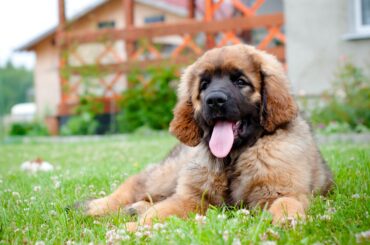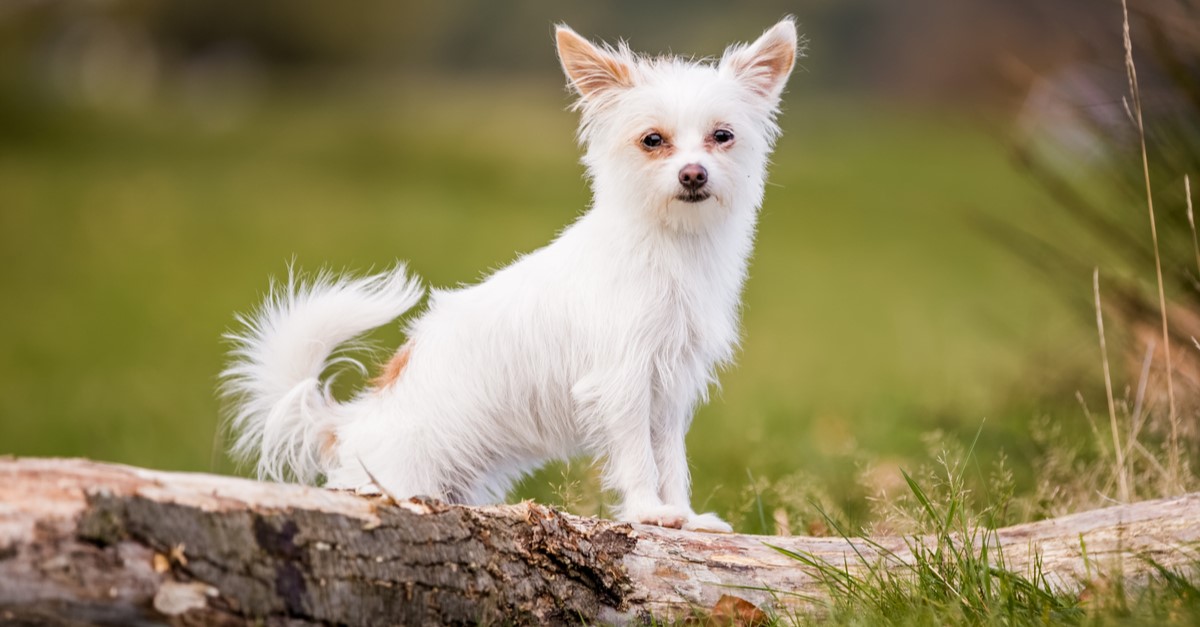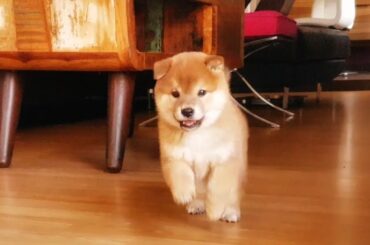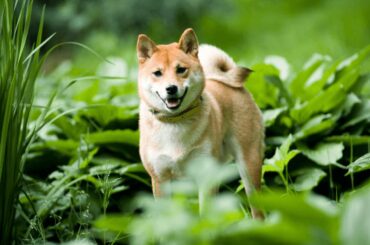The Hungarian sheepdog, also known as the Komondor dog, is a huge white-colored Hungarian livestock guardian dog with a long, corded coat that has been used to guard livestock and other property for many years. The Cumans brought the Komondor to Europe, and the first written reference of it is from 1544 in a Hungarian codex. the Turkic-speaking nomadic group who settled in Hungary in the 12th and 13th centuries.
Komondor comes from the word Koman-dor, which means Cuman dog in English. The Cumans, whose homeland may have been near the Yellow River, brought the breed from Asia with them. It is descended from Tibetan dogs. In 1239, under Köten Khan, Cumans were granted sanctuary and relocated to Hungary. In Cuman graveyards, Komondor remains were discovered.
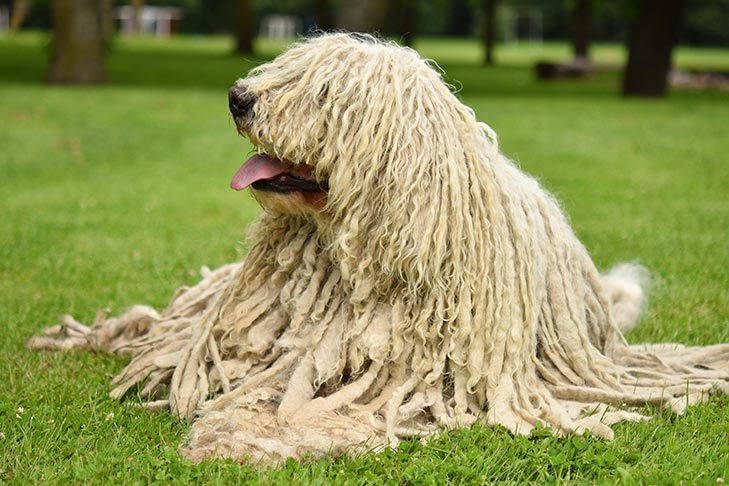
The Komondor is now a reasonably widespread breed in Hungary, where it originated. During World War II, many Komondors were slain because the Germans had to kill the dog before capturing the farm or house it guarded. The Komondor dog, like many other breeds, was on the verge of extinction during World War II. After the war, breeders attempted to restore the breed’s numbers, but it remained rare and unknown. The American Kennel Club recognized the breed in 1937, but until around 1962, there were few Komondor dogs outside of Hungary.
In the 1930s, a few Komondorok were imported to the United States and were quickly recognized by the American Kennel Club. However, by the late 1960s, the breed had established itself in the United States because of the efforts of Hungarians living in the West.
Table of Contents
Komondor Dog Body Characteristics
- The Komondor dog is a medium-sized dog with a broad head, a muzzle that is slightly shorter than half the length of the head, and a scissor bite that is even and complete.
- The lips and nose are always black.
- A male Komondor stands 27.5 inches tall and weighs 100 pounds or more; a female reaches 25.5 inches tall and weighs 80 pounds or more.
- The dog has a medium-sized head, with hair covering the facial features.
- The tail is straight and the body is brawny.
- The Komondor’s coat is a long, thick, and brilliantly corded white coat that resembles dreadlocks or a mop and is roughly 20–27 cm long.
- The coat of a puppy is silky and fluffy.
The coat, on the other hand, is wavy and tends to curl as the puppy grows older. It takes around two years for a fully mature coat to emerge, with the soft undercoat and coarser outer coat merging to form tassels or cords.
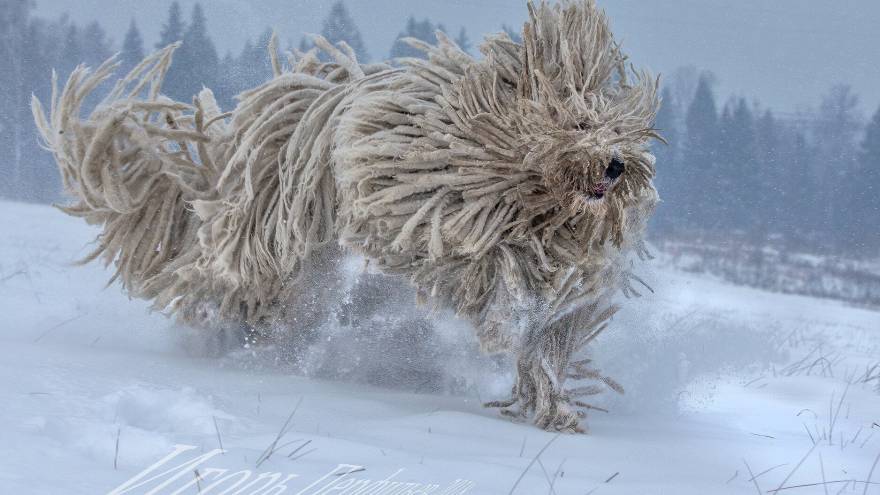
The Komondor’s mop-like coat, which was created to defend it from predators as well as adverse weather, resembles that of the Hungarian Racka sheep. The dog’s white coat helped him blend in among the herds of sheep.
Komondor Dog Behavior
The Komondor dog is designed to protect animals. Strangers make Komondor nervous, and he is very protective. Today, the Komondor functions as a devoted friend as well as a devoted guard dog for its human herd. Its disposition is similar to that of most livestock guarding dogs: calm and steady when things are normal, but courageous in defending its charges when things go wrong. It was created with the ability to think, act, and make decisions on its own.
The Komondor dog has a warm relationship with its family and is kind to its children and friends. Although apprehensive of strangers, they can accept them if there is no danger, as they are innately protective of their family, home, and belongings. The Komondor gets along well with other family pets and is often protective of them, but it is intolerant of trespassing animals and is not an apartment dog.
Training of Komondor Dog
If started early, the Komondor dog usually responds well to training. Because a bored Komondor can become recalcitrant, it is critical that training sessions be positive and enjoyable. Even with a young puppy, consistent corrections are required to develop a well-adjusted adult. The importance of socialization cannot be overstated. While still a puppy, the Komondor should be exposed to various circumstances, people, and other dogs. When confronted with a new circumstance or person, a Komondor who has not been properly socialized may respond aggressively.
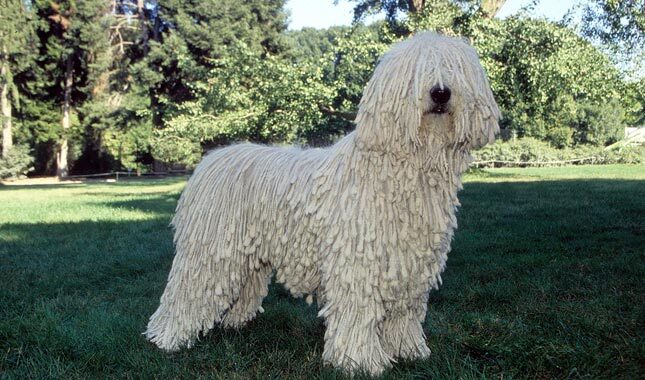
Caring for Komondor Dog
Komondor dog has moderate exercise requirements and is content with two or three short walks per day or yard time. Adult Komondor, despite their speed, are largely idle and require little exercise. Large yards are not required for these dogs, as they normally remain fixed in a guarding position.
The Komondor dog has a stunningly distinct coat. They have lovely curls as puppies, but as they get older, they evolve into long, feltlike cords that resemble mop threads. To avoid matting and to remove debris or dirt, the cables must be separated on a regular basis. Twice a year, the undercoat is shed. The cables must be physically separated at this point to avoid clumping together near the skin.
Weekly maintenance is also required to keep the cords clean. Hair from the ear canal should be plucked as needed, and the bottoms of the feet should be trimmed.
Komondor Dog Health
Although Komondor dog is typically healthy, they are susceptible to some illnesses. Here are some things to look out for in this breed:
- Dysplasia of the Hips
- Gastric Torsion (Bloat)
- Entropion
The average life expectancy is 10 to 12 years.
RECOMMENDED ARTICLES
- 11 Comprehensive Causes of Dog Fever, Symptoms, Diagnosis, And Treatment
- 22 Basic Causes of Dog Vomiting, Symptoms, And Treatment
- Greater Swiss Mountain Dog; Characteristics, 6 Comprehensive Behaviour, And Health
- 10 Top Best Dog Food Brands And The Composition There
- 13 Top Best Puppy Food And Their Nutrient Components
If you like, please share it. Sharing is usually caring

